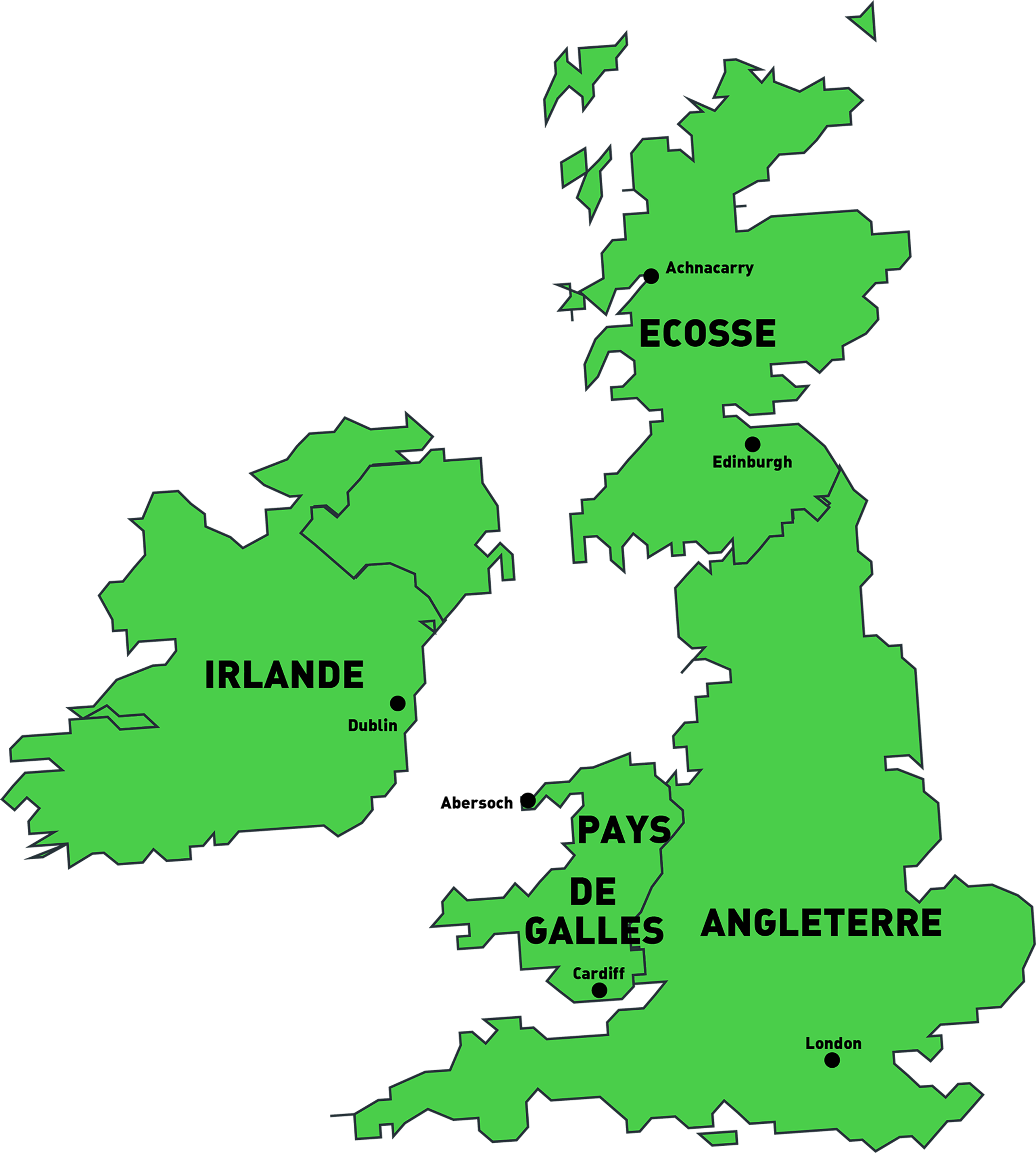Origins of the Belgian Commandos

Captain Georges Danloy
In August 1942, the “4th troop of N° 10 Inter-Allied Commando” (10 I.A.Cdo) is created in Great Britain under the command of captain G Danloy. (“Troop” is a Commando name for a company).
It includes approximately 100 troopsmen and is made up of two attack sections (platoons) and a staff.
This 10 I.A. Commando also included “troops” coming from other occupied countries (France, Netherlands, Poland, Norway.). After an intensive training, the first candidates get their commando badge and their green beret at the “Commando Training Centre” in ACHNACARRY in Scotland.
Based in ABERSOCH in Wales, this unit is specialised in amphibian operations and raids.
N° 10 Inter-Allied COMMANDO
he N°10 IA Commando was raised in spring 1942, it was formed with Troops (about a hundred men) from different nationalities and each Troop had its number.
The first Troop was French and was the first to be raised, in Lay 1942, under command of Major KIEFFER. It was formed with seamen.
Than, the 2nd Troop, Dutch, was under command of Captain MULDERS.
The 3rd Troop, also called “X-Troop” was under command of Captain Bryan HILTON JONES (UK) and was composed of Germans and Austrians (nearly all being Jewish) as well as Hungarians, Romanians or Czechoslovakians, all German speaking. None of them had any illusion about his lot if caught by the Germans. The X-Troop was not used as a full combat unit. Small teams went with the other Troops in combat missions and where serving as interpreter to question the prisoners, read and translating the documents, etc…
4th Troop was a Belgian one, under commando of Captain G. DANLOY.
The 5th Troop was Norwegian, under command of Captain HAUGE.
The 6th Troop was Polish and its OC was Captain SMROKOWSKI.
There was a Yugoslavian one, the 7th Troop.
The 8th Troop was also a French one, it was only raised in May 1943 and was under command of Lt TREPEL who had been as far as there, 2ic of Commandant KIEFFER.
Standing, from left to right.
Captain E.F. LUTYENS (LO BE Troop) – Captain CLARCKE (Adjutant (S1)) – Lt-Col Dudley LISTER (CO 10 IA) – Major P. LAYCOCK (2ic) – Captain Bryan HILTON JONES (OC X-Troop) – Captain HODGES (MO).
Sitting, from left to right.
Lieutenant WOLOSZOWSKI (2ic PO Troop) – Captain MULDERS (OC NL Troop) – Captain G. DANLOY (OC BE Troop) – Captain HAUGE (OC NO Troop) – Commandant (major) P. KIEFFER (OC FR Troop).
4th Troop of N°10 Inter-Allied COMMANDO
On July 27th, 1942, a Belgian “Troop” (N° 4) is created within the 10th Interallied Commando in Great Britain. Seven Officers and a hundred Volunteers recruited among the units of the Belgian Forces in Great Britain undergo a tough training at the “Commando Basic Training Center” of Achnacarry in Scotland. There, the “4th Troop” under the command of Captain George Danloy will get the green beret.
At the end of this training, the Belgian “Troop” settles in Abersoch in the north of Wales to continue its training there. It will also stay in Portsmouth and Plymouth (amphibious training) and in St Ives (cliff attacks).
In September 1943, the “4th Troop” departs to North Africa (in the area of Algiers) and integrates the 2d Commando Brigade.
On Monday December 13th, 1943 at 1 p.m., the “4th Troop” is the first Belgian terrestrial unit to fight again (after the defeat of 40). Initially, within the VIII Army, it is engaged in the front of the Sangro river in Italy to carry out patrols and raids, in particular in the mountainous sectors of San Pietro Avellana and Montenero. Then, in January 44, the Unit is engaged in the front of the Vth Army and takes part in the crossing of the Garigliano and in the seizure of Minturno and Monte Ornito.
In March 1944, the “4th Troop” is in Yugoslavia on the island of Vis where it takes part in the defence of the island, in the harassing of the enemy on the neighbouring islands and in attacks with boarding on enemy supply ships.
The Unit then departs to Great Britain from where in August 44, a Section carries out a reconnaissance raid on the island of Yeu off Saint Nazaire. Back to Belgium in October, the “4th Troop” takes part, as from November 1st, in the first wave of assault to conquer the island of Walcheren that is liberated after violent fightings.
In January 1945, the troop is reinforced by 250 new Belgian Commandos, recruited in Belgium in autumn 44 and who come from Achnacarry.
In April 45, the Troop that has become an “Independent Unit Commando” joins the “1st Commando Brigade” in the north of Germany and finishes the war on the coast of the Baltic. In may 45, it is charged with a safety mission in Schleswig-Holstein: to hunt the Nazis and to capture the Belgians who have worn the Nazi uniform. Among others, it will take prisoner Major PSC HELLEBAUT, commanding the “Wallonia Legion”.
On May 15th, 1945, the “Independent Commando Unit” takes the title of “Commando Regiment “.
Trilingual, the “4th Troop” was made up of French-speaking, Dutch-speaking and English-speaking Belgians coming from Anglo-Saxon countries. The common language within the “N° 10 Inter-Allied Commando” was the English.



